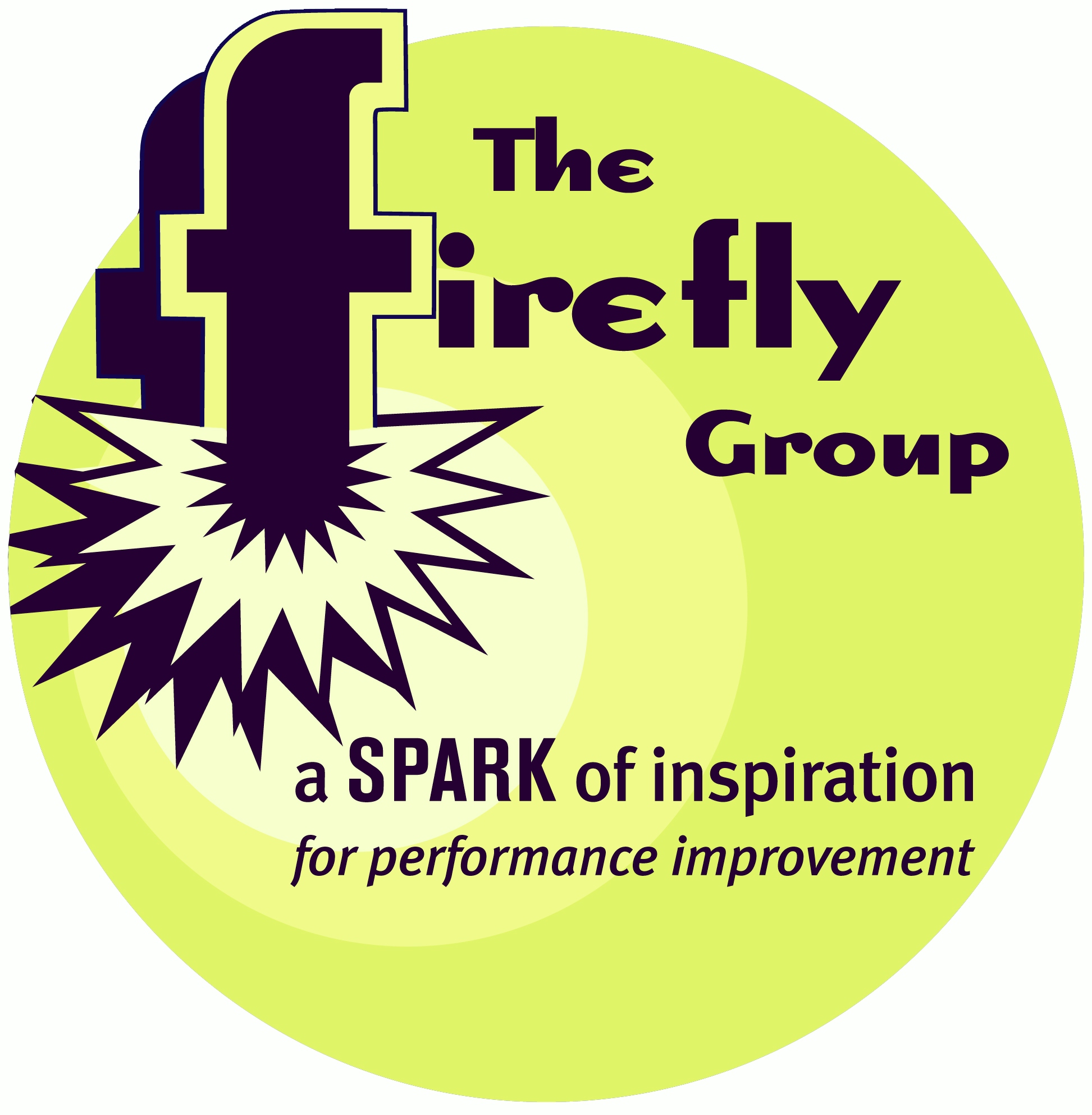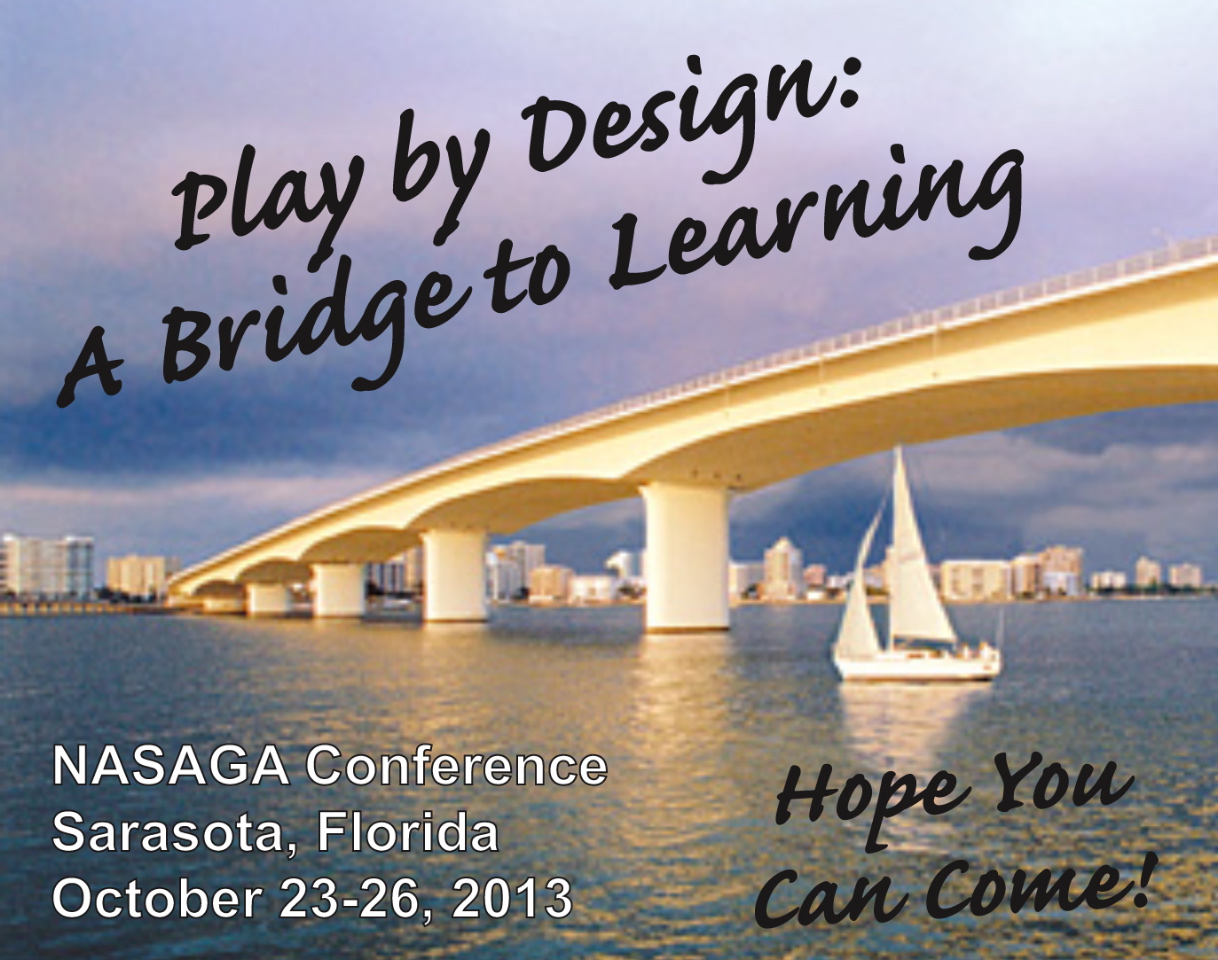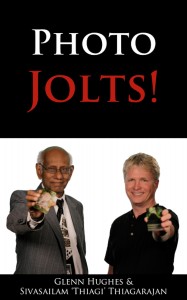

Still Time to Register!
Boredom
Busters
Boosting Engagement in Meetings, Classrooms, and Trainings
Date:
Monday, September 23, 2013
Time: 9:00 - 3:00; 8:30 Registration
Place: Chelmsford, MA
Cost: $295
Tired of being tired in meetings, trainings, and at work? Plan to attend this workshop offered by Brian Remer. Gain practical insights about motivation and learn techniques you can use tomorrow to increase commitment in the workplace.
Read the details and register HERE.
What We Do
The Firefly Group helps people use everyday situations for learning and connecting to the Big Picture. After working with Firefly, you will be energized with specific action steps to achieve your goals.
We do this through training of trainers, leadership development, performance improvement training, strategic planning, and clarification of organizational mission and vision. Our methods are engaging, thought-filled, and results-oriented.
 If
this sounds like a good direction for your organization, let's talk about
how we might collaborate! Please give me a call (802.257.7247) or send an
. - Brian
If
this sounds like a good direction for your organization, let's talk about
how we might collaborate! Please give me a call (802.257.7247) or send an
. - Brian
 Your ETR (Estimated Time to Read): 20 minutes Your ETII (Estimated Time to Implement Ideas): 8 weeks |
 The
NASAGA Conference at a Special 10% Discount!
The
NASAGA Conference at a Special 10% Discount!
Plan to join me at the fabulous North American Simulation and Gaming Association (NASAGA) Conference coming up in Sarasota, FL, October 23-26: Play by Design, A Bridge to Learning.
Not only will we celebrate the bridge between play and learning, but also the years that NASAGA has spanned - fifty-one! Some of the first NASAGANS who invented games for teaching back in the 60's will be there, along with our newest members who design and use digital and other contemporary games for their teaching. We'll be running some of the classic simulation games, BaFABaFA and StarPower and honoring Garry Shirts, their designer. We'll have sessions on Alternative Reality Games (ARG), digital design, card games, photo jolts, junkyard games, and much much more. We'll be making a site visit to the Mote Marine Lab to experience their immersive, interactive games for teaching science. And we're offering a GEOPubCrawl on Friday night to experience delightful downtown Sarasota and its plethora of food and drink establishments.
This conference will truly be a bridge between then and now, classical and contemporary, digital and traditional, not only in theory, but also represented by the people themselves who design and use all types of games for learning.
Readers of the Firefly News Flash can receive a 10% discount off the price of the conference or both the conference and preconference. When you register, use the code FAN to receive your discount.
September 2013
Readers Write: Read a response to the August 2013 News Flash interview with members of Global Learning Partners about Dialogue Education.
|
Say
It Quick |
Discoveries bits of serendipity to inspire and motivate |
Ideas fuel for your own continuous learning |
Activities tips and tricks you can try today |
| Location, Location, Location | Photo Jolts | Activity 51 |
Want to cultivate fertile ground for learning that's relevant to each person's point of view? Begin with this story in exactly 99 words.
Location, Location, Location
When we built our home under a stand of Vermont maple trees, we were determined to keep the property as wooded as possible. Instead of planting a lawn, we seeded the area close to the house with wildflowers and perennials. The rest we left natural.Wild blackberries sprang up quickly: whip-like strands with thorns like claws and bitter, tiny fruit. Fortunately, they were shaded out by a dense growth of ferns. But in the lupine beds, those same ferns are crowding out the flowers we've planted.
What's a weed; what's not? Depends on where it grows!
 Photo
Jolts
Photo
Jolts
Image-Based Activities that Increase Clarity, Creativity, and Conversations
By Glenn Hughes and Sivasailam "Thiagi" Thiagarajan
For years, I have been a collector of training tools that use pictures to teach. (Read about some of them in the April 2010 issue of the Firefly News Flash.) And I have been an advocate of the versatility of metaphors for training in all sorts of situations. Now a new book will help focus my continuing experimentation with both.
Glenn Hughes, engineer turned trainer, and Sivasailam "Thiagi" Thiagarajan, master game designer and facilitator, have combined their talents and creative minds to produce a book of 51 activities using a set of Photo Jolt cards. The cards, developed by Hughes, are a deck of colorful, provocative photographic images that evoke emotions and spark stories. The book the two have written is a collection of activities and games with titles such as "A Thousand Words," "Black Sheep," Ethnographer," and "Sunny Monkey."
Each activity has a complete description with synopsis, purpose, related training topics, variations for participant groups, timing, supplies, room set up, preparation, flow, and debriefing questions. But the book goes beyond the expectation one might have of these typical components. Readers will also find options for virtual facilitation, a play sample demonstrating each activity, and two to three variations. There is even a table that cross references activities to multiple topics.
This is perhaps the most thorough training resource I have ever used. As I studied each activity, I was inspired to be more inventive and I became curious to learn the next creative twist Hughes and Thiagi might devise. This book is a highly detailed, flexible, multi-purpose resource for trainers, team leaders, coaches, mentors, and individuals who want a fun way to engage brains and cultivate conversation.
Photo Jolts is available from Amazon or at SMARTasHell. http://smartashell.com/blog/photo-jolts/
Growing a
Metaphor
In describing
Photo Jolts, I mentioned my interest in using metaphors to augment
learning. Metaphors create a mental short cut to learning retention. Make
a connection between the training topic and a seemingly unrelated object and
neural pathways are created. New synapses are strengthened and the likelihood
of "finding" that memory again is increased.
Interestingly, the more you have to work to make connections, the more likely they will stick longer. If someone explains all the nuances and connections of an analogy, it is less powerful than if you had invented the metaphor on your own. Devising your own metaphor makes it personally relevant. Its impact multiplies.
This is exactly the strategy of Photo Jolts. All the activities challenge participants to create their own analogies, compare them to what others have devised, and connect the best interpretations to what is most relevant in their workplace. Maximum participation and application are the result.
Hughes and Thiagi demonstrate the incredible flexibility of images in creating analogies. Throughout the book, each activity includes a demonstration of sample metaphors that participants might create. To accomplish this, the authors provide three Photo Jolt cards. These three images, selected at random from the Photo Jolt deck, are used to derive analogies that show similarities, contrasts, dualities, and emotions, about a myriad of topics such as qualities of leadership, communication skills, team building essentials, diversity, branding, sales, goals, travel, ethics, etc., etc. (The topics list in the book runs for four pages!)
With only three image examples in Photo Jolts, we see that a picture is worth much more than a thousand words. A picture is really worth a thousand metaphors and each metaphor is, itself, worth a thousand words.
A good metaphor is like having a garden to grow ideas. The more you till the soil of that metaphor, the more connections and possibilities come to fruition. The hundreds of learning games developed by Hughes and Thiagi in Photo Jolts provide fertile ground for the growth of insights, attitudes, and relationships among participants. Then, similar to the 99-Word Story above, a good facilitator can help participants determine for themselves which ideas are weeds and which are not.
Activity 51
The activities in Photo Jolts are infinitely modifiable. In fact, the
authors encourage invention by supplying guidelines and tips for writing your
own activities. I have the happy distinction of being a minor contributor
(without remuneration) to Photo Jolts.
Activity 51, "99-Word Photo Jolt," combines Photo Jolt images with 99-Word Stories from my book, Say it Quick! The activity describes how you can create a collage and storyboard illustrating your training topic by pairing a photo and a story. Alternatively, you can read a 99-Word Story, choose a picture at random, and then challenge people to find a metaphorical connection between the two.
You are free to use this activity and get a feel for the whole Photo Jolts book at the same time. Just download a copy of the activity HERE. Then what happened when you used it!
In response to the August 2013 discussion about Dialogue Education, check out this reader's reflections.
Hi Brian,
I am a regular receiver and occasional reader of Firefly News Flash.I was drawn into this issue and enjoyed reading all about Dialogue Education and finding a useful looking resource bank of ideas.
I enjoyed your probing questions. One I would have liked to add is why the Dialogue Education approach is compared to one end of the power spectrum (teaching-centred) but is not compared to approaches that are even more learning-centred than Dialogue Education - such as where participants do much of the designing, or where there is continual negotiation about design throughout a programme, or where the teacher is extremely non-directive (such as described by Carl Rogers in Freedom to Learn).
This from Michael Culliton particularly resonated with me: "Over and over again, I have been in conversations with people who agree with the principles and practices we employ in this approach: respect, engagement, transparency, dialogue, etc. However, like me, it is another thing when they go to teach: there is often faint evidence of these principles in practice, and the learning suffers as a result."
In my view it is really important to understand why there is so much slippage in practice towards the teaching-centred end of the spectrum. Understanding this (in each and every situation) improves the chances of staying closer to 'learning-centred' principles in practice.
I was disappointed that the one example offered (in the 4-A activity) centred around watching a video - which is surely not a typical activity for showing Dialogue Education at its best? An example of a peer to peer activity (between learners) might have been a more convincing illustration of Dialogue Education as a 'learning-centred' approach.
Plenty of food for thought - thank you!
-- Roger Greenaway, Reviewing Skills Training, Scotland
|
Whether you need a keynote speaker, or help with strategic planning, performance improvement, or training facilitators and trainers in your organization, I look forward to your call (802.257.7247) or . -- Brian |
Read previous
issues. Click Library!
To add or delete your name to our mailing list, email
with a short note in the subject line.
I want this newsletter to be practical, succinct, and thoughtful. If you have suggestions about how I can meet these criteria, please let me know! Send me an with your thoughts and ideas.
Home
| Services
| Products
| Mission
| Ideas |
The Group
| The Buzz
(c)
2013 The Firefly Group